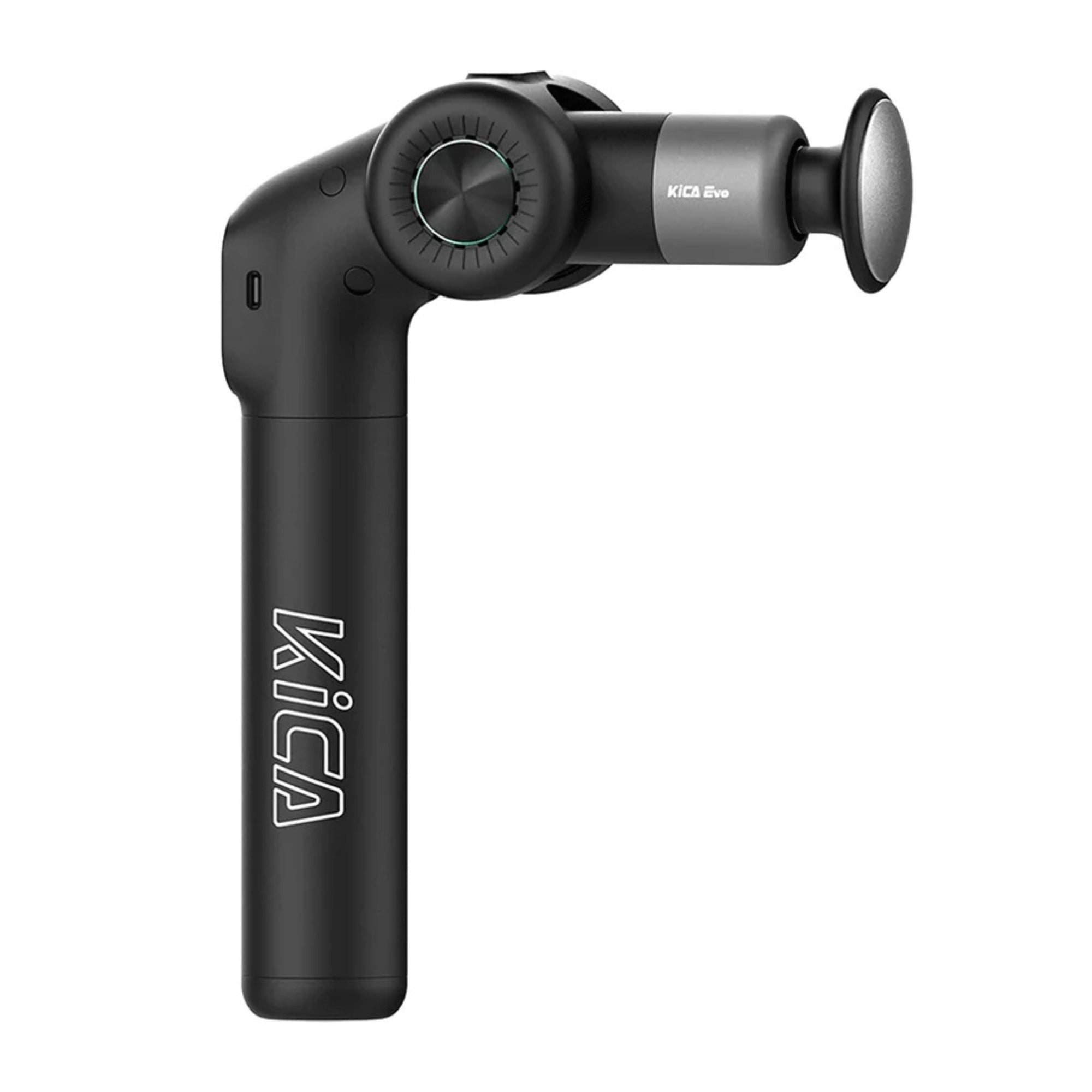The Key to Peak Performance: Why Sports Recovery is Essential for Strength, Growth, and Longevity
In the world of fitness and athletics, more isn’t always better. Training hard is crucial, but true progress happens during recovery. Whether you’re an elite athlete, a dedicated gym-goer, or someone looking to enhance your fitness journey, prioritizing recovery is the secret to long-term success.
In this blog, we’ll explore why sports recovery is essential, the science behind it, and the best recovery strategies to help you stay strong, prevent injury, and perform at your peak.
Why Sports Recovery Matters
Every time you train, you create microscopic tears in your muscle fibers, deplete energy stores, and place stress on your nervous system. Recovery is when your body rebuilds, strengthens, and prepares for the next challenge. Without proper recovery, performance declines, injuries increase, and fatigue takes over.
The 3 Main Benefits of Recovery
1. Prevents Injury & Overtraining
Overtraining and pushing through fatigue can lead to strained muscles, joint stress, and long-term burnout. Proper recovery allows your muscles, ligaments, and nervous system to repair and function optimally.
🛠 Recovery Tip: Schedule rest days and active recovery sessions to avoid injury and keep your body performing at its best.
2. Enhances Muscle Growth & Strength
Muscles don’t grow during workouts—they grow after them. When you rest, your body repairs muscle fibers, making them stronger and more resilient. Without enough recovery, strength gains plateau, and progress stalls.
💪 Recovery Tip: Prioritize sleep, nutrition, and mobility work to optimize muscle growth.
3. Boosts Performance & Endurance
Recovery helps reset your energy levels, nervous system, and mental focus. Athletes who recover properly bounce back stronger, move better, and perform at a higher level in their next session.
⚡ Recovery Tip: Use contrast therapy (hot & cold), stretching, and hydration to accelerate recovery and maintain endurance.
Best Recovery Strategies for Athletes & Fitness Enthusiasts
1. Sleep: The Ultimate Recovery Tool
Sleep is where the magic happens. It’s during deep sleep that your body produces growth hormone, repairs muscle tissue, and restores energy levels.
🛌 How to Improve Sleep for Recovery:
✅ Aim for 7–9 hours of quality sleep per night
✅ Avoid screens & blue light before bed
✅ Use magnesium or herbal teas for relaxation
2. Nutrition: Fueling Recovery from Within
What you eat after training plays a major role in how quickly you recover. A balanced post-workout meal replenishes glycogen, repairs muscle tissue, and reduces inflammation.
🥑 Best Foods for Recovery:
🥩 Protein – Chicken, fish, eggs, Greek yogurt (muscle repair)
🥔 Carbohydrates – Sweet potatoes, rice, quinoa (replenish energy)
🥑 Healthy Fats – Avocados, nuts, olive oil (reduce inflammation)
💧 Hydration – Electrolytes, coconut water, lemon water (recovery & performance)
3. Active Recovery: Keep Moving to Heal Faster
Full rest days are important, but active recovery (light movement) improves blood circulation, reduces stiffness, and speeds up muscle repair.
🏃♂️ Best Active Recovery Activities:
✅ Yoga & Mobility Work – Loosens tight muscles & improves flexibility
✅ Foam Rolling & Stretching – Breaks up muscle knots & enhances circulation
✅ Swimming & Walking – Low-impact movements to promote recovery
4. Massage, Foam Rolling & Myofascial Release
Muscles get tight, stiff, and full of tension after intense training. Massage therapy and foam rolling help release knots, improve flexibility, and reduce soreness.
🔵 Best Recovery Tools:
✅ Foam rollers – Loosen tight muscles
✅ Massage guns – Increase blood flow & muscle relaxation
✅ Stretching bands – Improve mobility & prevent stiffness
5. Cold Therapy & Contrast Showers
Ice baths and cold therapy are powerful tools to reduce inflammation, improve circulation, and speed up muscle recovery.
🌊 Try This:
✅ Ice baths (5–10 min) – Decrease muscle soreness & inflammation
✅ Cold showers (30–60 sec bursts) – Wake up the nervous system & reduce fatigue
✅ Contrast therapy (hot & cold alternation) – Enhances blood circulation for faster recovery
Final Thoughts: Train Smart, Recover Smarter
Recovery isn’t optional—it’s essential. To build a strong, resilient body, you need to train hard AND recover properly. The best athletes understand that progress happens during rest—so prioritize sleep, nutrition, and mobility work to unlock your full potential.
Train strong. Recover stronger. Elevate your performance.
Athique – Elevate Every Move.










